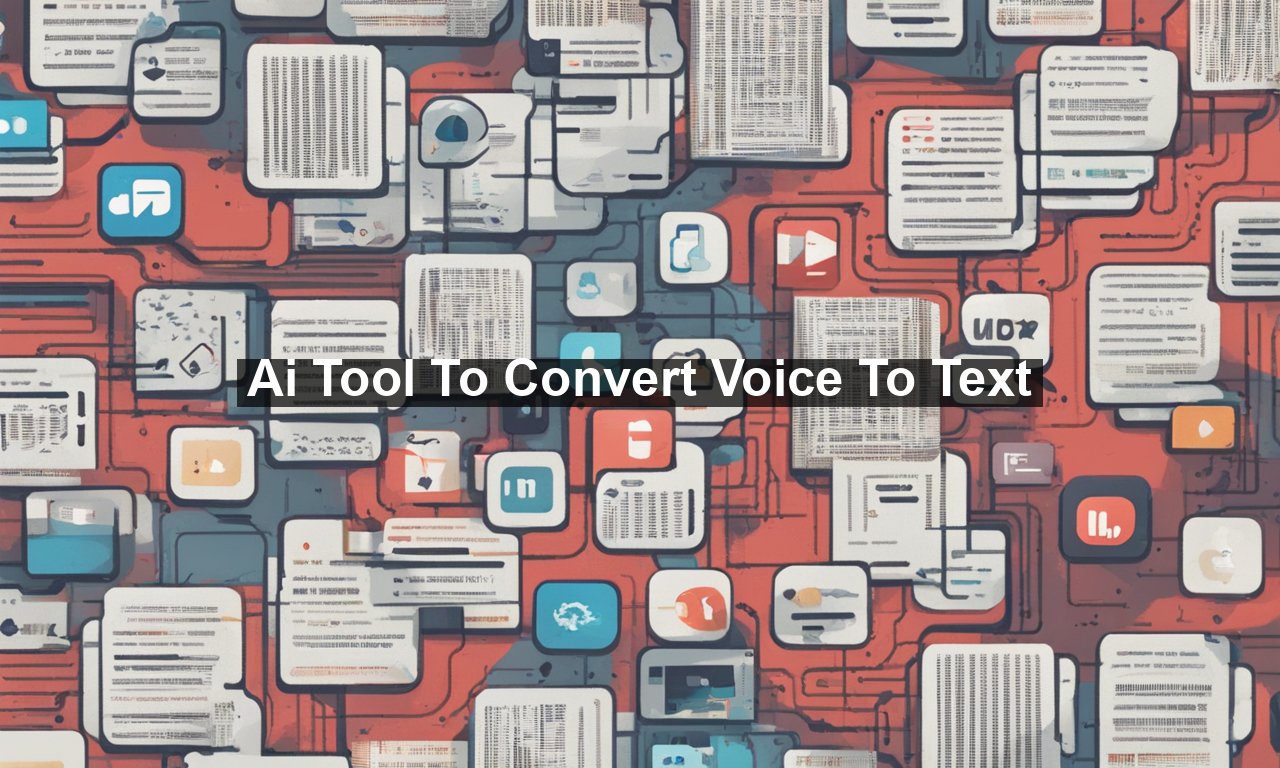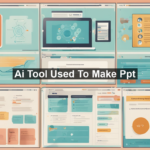Imagine a world where you could effortlessly transform your spoken words into text, without the tedium of typing! With the advancement of AI tools to convert voice to text, this fantasy is now a rewarding reality. In this comprehensive guide, we will delve into the magic behind these tools, their significant benefits, and how they are revolutionizing our daily lives. Whether you are brainstorming content ideas, taking notes during a business meeting, or simply navigating through your to-do list, voice-to-text tools can make your life remarkably easier.
What is Voice-to-Text AI?
At its core, voice-to-text AI technology employs algorithms that can recognize spoken language and convert it into written text. By leveraging machine learning models and natural language processing (NLP), these tools can comprehend accents, dialects, and even technical jargon.
How Does It Work?
The magic behind voice-to-text tools may seem like wizardry, but it’s grounded in advanced technology:
- Speech Recognition: This involves converting audio signals into a sequence of words. The system analyzes your speech to detect distinct units of sound called phonemes.
- Acoustic Modeling: This step involves understanding the context of these sounds in different words, phrases, and sentences.
- Language Modeling: Lastly, it assembles these words into coherent sentences by understanding grammar, context, and syntax.
The Benefits of Using AI Voice-to-Text Tools
The advantages of using AI-powered voice-to-text tools go beyond mere convenience. Here are some key benefits:
- Efficiency and Speed: These tools can transcribe speech much faster than humans, significantly boosting productivity
- Accuracy: Advanced AI algorithms provide high levels of accuracy, minimizing the need for manual corrections
- User Accessibility: Voice-to-text tools are a boon for individuals with disabilities, allowing them to communicate more effectively
- Cost-Effectiveness: By reducing the workload of transcriptionists, businesses can save substantial costs
- Multi-Tasking: It allows you to dictate while engaging in other activities, optimizing your time and effort
Choosing the Right AI Voice-to-Text Tool
With the market flooded with various options, selecting the right tool can be daunting. Consider the following factors:
1. Accuracy
Ensure that the tool you choose demonstrates high accuracy in transcribing speech. Look for products that claim an accuracy rate of at least 90% for best results.
2. Language and Dialect Support
If you or your team speaks multiple languages or uses various dialects, ensure the tool can support them effectively. Some tools offer broad language support, which can be extremely beneficial.
3. Integration with Other Software
Evaluate how well the voice-to-text tool integrates with your existing workflows and software, such as word processors, email clients, or project management tools.
4. User Reviews
Check user reviews and ratings across various platforms to gain insights into the tool’s performance and reliability.
5. Customer Support
Good customer support is crucial, especially during the initial setup and troubleshooting phases.
Top AI Voice-to-Text Tools
Here are some industry-leading AI voice-to-text tools that are making waves:
1. Dragon NaturallySpeaking
Known for its accuracy and ease of use, Dragon NaturallySpeaking is a preferred choice for businesses and individuals alike. Its advanced features include custom commands and vocabulary, making it stand out in professional environments.
2. Otter.ai
Otter.ai is renowned for its excellent transcription quality and real-time collaboration features. It also integrates smoothly with tools like Zoom, making it indispensable for modern business meetings.
3. Google Docs Voice Typing
Embedded within Google Docs, this tool provides convenient and high-accuracy transcription for users. It’s perfect for those already immersed in the Google ecosystem and is easily accessible.
Future Prospects
The future of AI voice-to-text technology is promising. With continued advancements, we can expect:
- Improved Accuracy: As algorithms become more sophisticated, error rates will diminish even further
- Broader Language Support: Future tools will likely offer better support for a wider range of languages and dialects
- Enhanced AI Integration: Integration with other AI tools for tasks such as automated translation, sentiment analysis, and more
Voice-to-text technology has undeniably altered the landscape of how we interact with our devices, improving efficiency, accessibility, and user-friendliness. Whether you are a student, professional, or someone who simply appreciates technological advancements, utilizing a reliable AI voice-to-text tool can make your life significantly easier.
So, why not harness the power of your voice and leave the tedious typing behind? Dive into the world of AI voice-to-text tools and transform the way you work, communicate and create!











